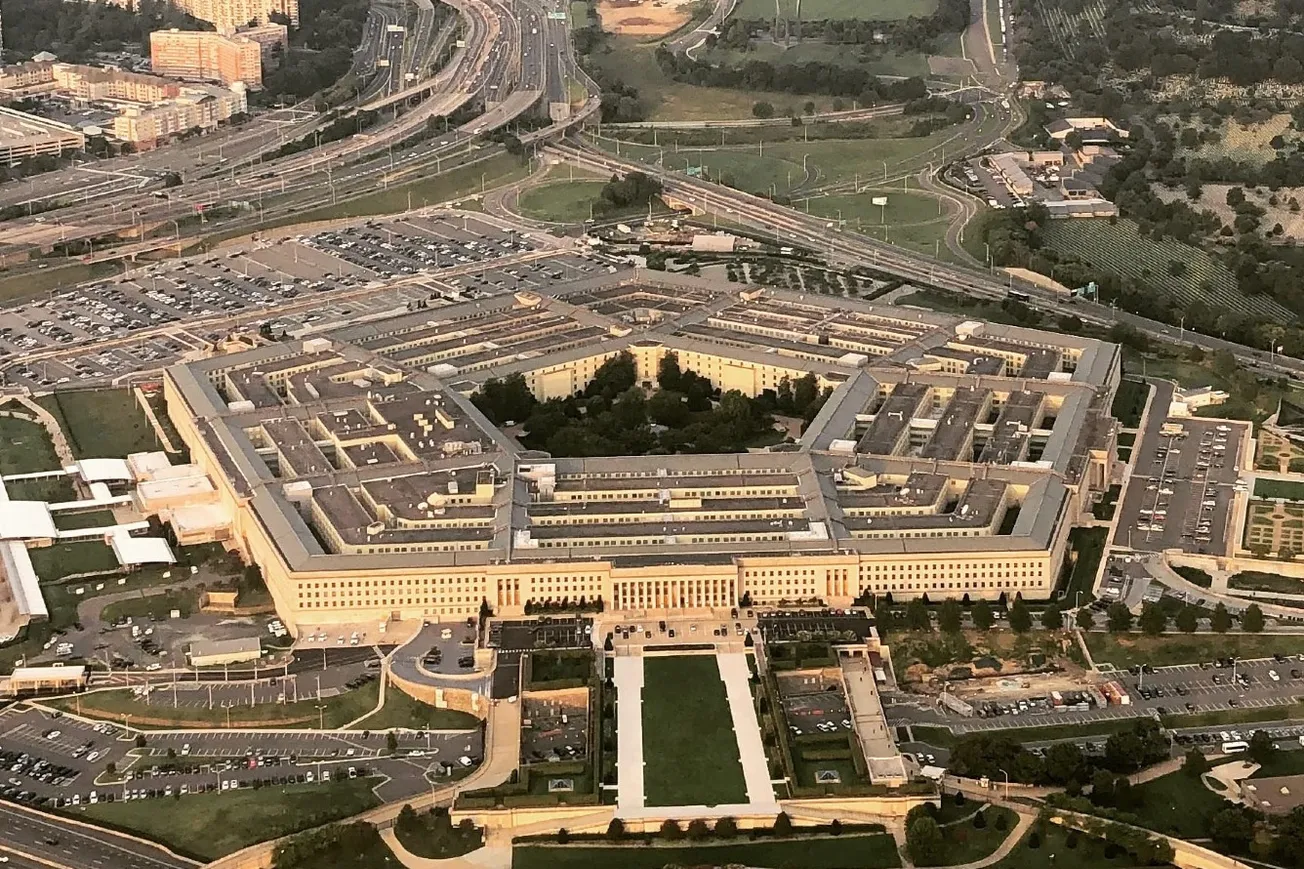By Larry C. Johnson, Sonar21 | September 25, 2024
Competition among the various US military services is heating up in the category, “Which service is the most fucked up?” Is it the US Army, who can only meet recruitment goals by lowering the number of desired recruits? Or is it the Air Force, which has admitted that only 29% of the F-35s are combat ready? Or is it the US Navy? Sorry to my maritime buddies, but it looks like the Navy is pulling ahead in this category.
The latest Navy debacle occurred in the Persian Gulf. The USNS Big Horn ran aground and damaged its rudder and partially flooded the engine compartment. It is out of commission, anchored off the coast of Oman. The Big Horn is an “Oiler.” It is essentially a floating gas station whose mission is to provide fuel and provisions to the nuclear-powered aircraft carriers. Why does a nuclear-powered ship need gas and oil? Because the planes that fly from the deck of the carrier have to be refueled. They are not powered by a nuclear reactor.
Big Horn, the twelfth ship of the Henry J. Kaiser class, was laid down at Avondale Shipyard, Inc., at New Orleans, Louisiana, on 9 October 1989 and launched on 2 February 1991. She entered non-commissioned U.S. Navy service under the control of the Military Sealift Command with a primarily civilian crew on 21 May 1992. She serves in the United States Atlantic Fleet.
Here is where it gets interesting. The US Navy does not have any spare oilers floating about that can replace the Big Horn. This means that if the carrier task force it is currently assigned to refuel gets into a fight, the planes on board that carrier will run out of gas and be useless. Sal Mercoglian provides a great review of the situation (posted below).
The impotence of the US Navy has been on display over the last 10 months while floating around the Red Sea. Operation Prosperity Guardian, which was supposed to quell the Houthis and open the sea lanes to maritime traffic bound for Israel, was a complete failure. The sea lanes are still closed and the US Navy slinked away to do other things. Countries we consider adversaries, as well as our allies, have taken note of our inability to close the deal.
Despite a defense budget of more than $850 Billion, the US military, across the board, lacks strategic depth. They can fight for a short time against a peer force, but do not have the supplies and manpower to sustain a fight like the one unfolding in Ukraine. US politicians seem oblivious to this fact and I fear that they will only awaken to the truth after we have been thrashed in an extended battle.
Larry C. Johnson is a former CIA officer and intelligence analyst, and former planner and advisor at the US State Department’s Office of Counter Terrorism.
Original article link









